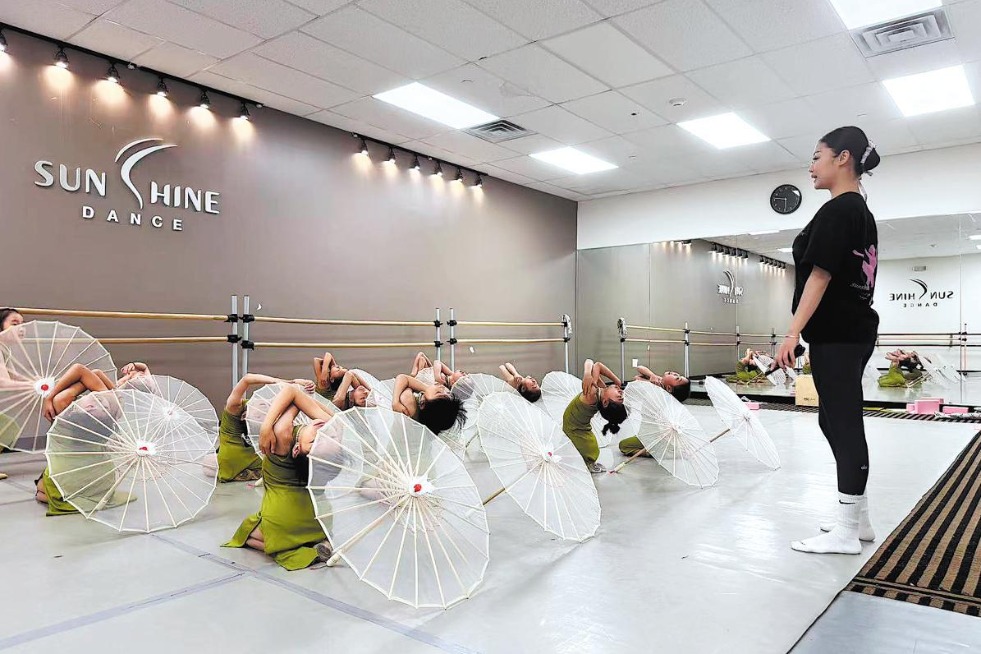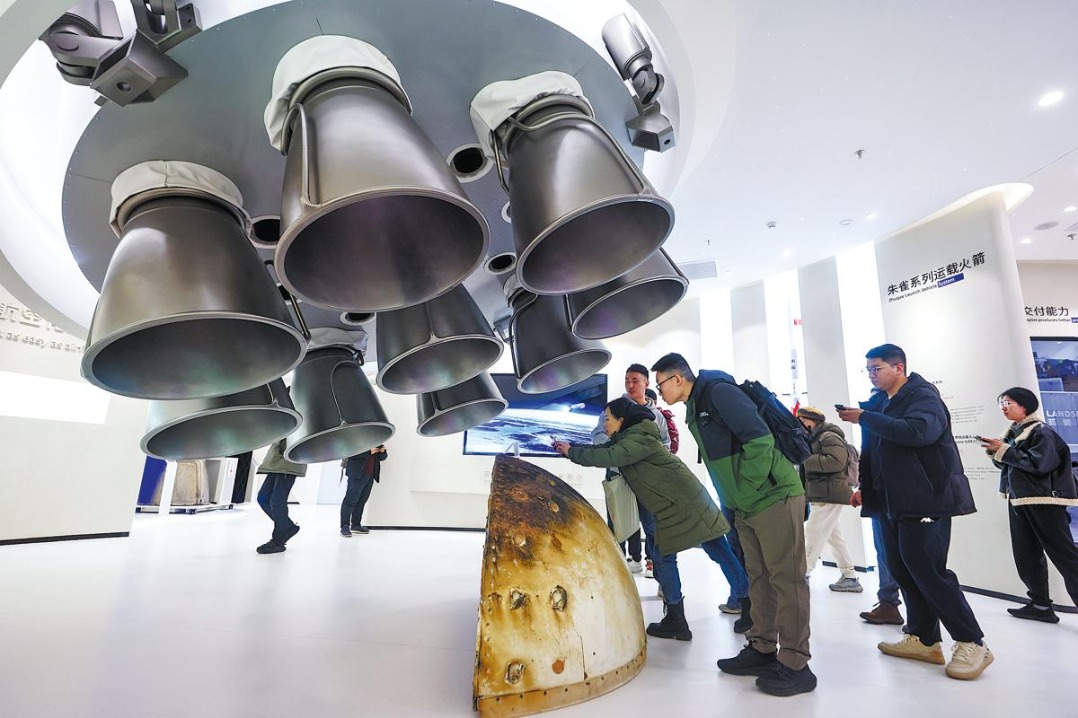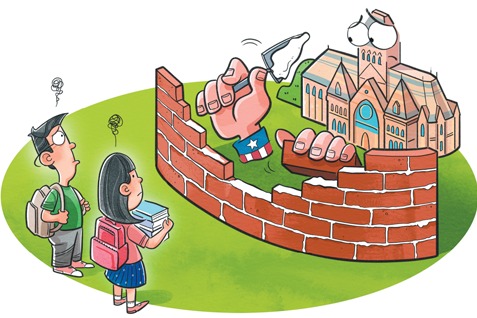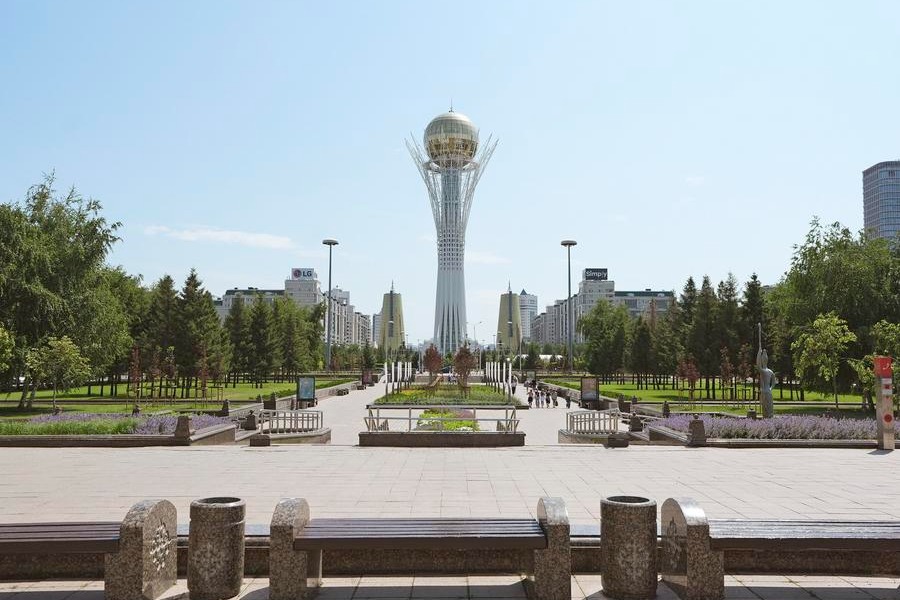Alternative reality


The principles of the Non-Aligned Movement offer a viable path toward a peaceful future
Editor's note: The world has undergone many changes and shocks in recent years. Enhanced dialogue between scholars from China and overseas is needed to build mutual understanding on many problems the world faces. For this purpose, the China Watch Institute of China Daily and the National Institute for Global Strategy, Chinese Academy of Social Sciences, jointly present this special column: The Global Strategic Dialogue, in which experts from China and abroad will offer insightful views, analysis and fresh perspectives on long-term strategic issues of global importance.
This year marks the 80th anniversary of the end of World War II. It also marks the 70th anniversary of the Bandung Conference and the 64th anniversary of the formal founding of the Non-Aligned Movement.
In the intervening years, the world has experienced numerous and persistent bouts of disputes and warfare. Many of these conflicts have been instigated and agitated by US interventions, as described by Monica Duffy Toft and Sidita Kushi in their book Dying by the Sword: The Militarization of US Foreign Policy. Between 1946 and 1989, the United States initiated on average 2.4 military interventions per year, and between 1990 and 2019, this increased to 3.7 interventions per year.
While many mainstream Western commentators argue that the postwar period marked the development of a more stable and peaceful US-led liberal world order, which was subsequently consolidated after the dissolution of the Soviet Union in 1991, other scholars such as John Mearsheimer and Patrick Porter have demonstrated the gulf between US rhetoric and the reality of US practice.
What are the principal observations we can make about the challenges to peace in the 21st century, based on the experiences of the past 80 years; and how can the principles that undergird the Non-Aligned Movement contribute to the realization of multipolar peace in our times?
The 80 years since the end of World War II, the 70 years since the Bandung Conference and the 64 years since the formal founding of the Non-Aligned Movement offer critical insights into the challenges the world faces in realizing peace in the 21st century. These observations are particularly relevant in light of the persistent conflicts, power struggles and interventions that have characterized international relations during this period.
Despite the establishment of international institutions such as the United Nations, power politics and interventionism by major powers, particularly those of the US, have continued to destabilize regions.
The reality of US practice has consistently undermined the illusion of a liberal world order. Rather, the US and other Western powers have often acted in ways that contradict their stated principles, prioritizing national interests over global stability and the sovereign security interests of others. As time has gone on, the legitimacy of international institutions has been eroded amid an emerging and growing distrust of Western-led initiatives.
The dissolution of the Soviet Union in 1991 marked the high water mark for the 30-year unipolar moment that followed. Now the world is becoming increasingly multipolar or multi-nodal in character with the re-emergence of centers such as China, India, Russia and other regional powers. In some ways, this shift has catalyzed the intensification of geopolitical competition at the risk of destabilizing regions and undermining collective efforts to address global challenges such as development, ecological protection and pandemics.
At the same time, the 21st century has seen a rise in asymmetric warfare, with non-state actors, insurgent groups and terrorist organizations playing significant roles in conflicts. These actors often exploit power vacuums created by failed states or foreign interventions. The use of proxy wars by major powers has further complicated efforts to achieve peace and stability, as the situation in Ukraine tragically demonstrates.
Yet, we are witnessing not just the re-emergence of great power rivalry per se. Arguably, the systemic changes that are unfolding are creating a different set of dynamics and orderings. It is in this emergent space that the experiences and perspectives of the Non-Aligned Movement can contribute to multipolar peace.
The Non-Aligned Movement emerged during the Cold War as a coalition of states seeking to resist domination by either the US or the Soviet Union. Its core principles — respect for sovereignty, non-interference, peaceful coexistence and mutual cooperation — remain highly relevant in today's emergent multipolar world.
The Non-Aligned Movement adheres to some key principles. First, the Non-Aligned Movement's emphasis on sovereignty and non-interference provides a counter-narrative to the interventionist policies of major powers. By upholding these principles, the movement can help protect weaker states from external interference and foster a more equitable international order.
Second, the Non-Aligned Movement's commitment to peaceful coexistence and diplomacy offers an alternative to the militarized approaches that have dominated the unipolar period. By prioritizing dialogue and negotiation, the movement can help de-escalate conflicts and build trust between states. Third, the Non-Aligned Movement has long advocated for a more inclusive and democratic multilateralism. In a multipolar world, this vision can help reform international institutions to better reflect the interests of the Global South. South-South cooperation can also promote economic and technological collaboration among developing countries, reducing their dependence on Western-dominated systems.
Fourth, the Non-Aligned Movement's anti-hegemonic stance challenges the dominance of any single power or bloc in international affairs. By advocating for a more balanced distribution of power, the movement can help create a multipolar system that is more stable and just. This includes addressing economic inequalities and ensuring that developing countries have a greater say in global governance.
Last, the Non-Aligned Movement's emphasis on collective action and solidarity can help address transnational issues such as climate change, pandemics and poverty. By working together, nonaligned states can amplify their influence and push for solutions that prioritize the needs of the most vulnerable.
The experiences of the past 80 years underscore the challenges of achieving peace in a world marked by power politics and interventionism underpinned by ideological universalism. However, the principles of the Non-Aligned Movement offer a viable path toward a more equitable and multipolar peace: a peace grounded not just on the absence of military conflict but on the symbiotic indivisibility of peace and prosperity.
This underscores the important role that countries of the Global South, including China as the largest developing nation, can play in advocating and advancing global peace — not just in a negative sense, as the absence of military conflict, but in a positive sense, as a set of institutions and practices that enable non-violent dispute resolution through consensus. A positive peace also realigns security and prosperity as symbiotically co-dependent. A multipolar peace rests on the ability of the global majority to show that not only do they insist on a break with the violent past, but that they insist on playing an active role in building a peaceful alternative.
The author is an adjunct professor at Queensland University of Technology and a senior fellow at the Taihe Institute. The author contributed this article to China Watch, a think tank powered by China Daily.The views do not necessarily reflect those of China Daily.
Contact the editor at editor@chinawatch.cn.



































